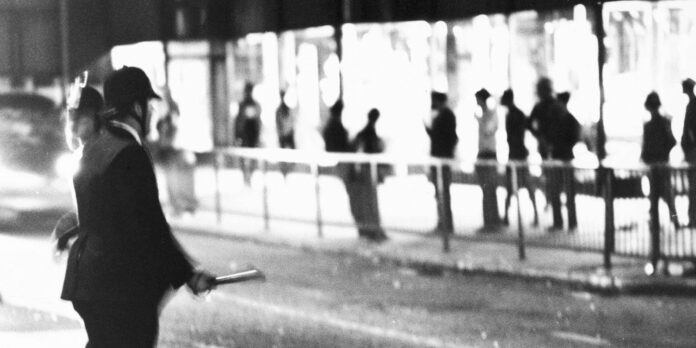Author: Dr. Champa Patel
Affiliation: Director, Asia-Pacific Programme at Chatham House
Organization/Publisher: Chatham House
Date/Place: 2020/UK
Type of Literature: Article
Word Count: 1893
Link:https://www.chathamhouse.org/publications/twt/tackling-police-racism#
Keywords: UK, Institutional racism, Police racism, sus laws, Black communities
Brief:
There are various examples of institutional discrimination against Black communities in the UK: David Oluwale, who was “hounded to his death” by the police in 1969; the triggering of the Brixton riots by “Operation Swamp” in 1981; and the murder of Stephen Lawrence in 1993, who was attacked by a group of young White males. This so-called “over-policing” of mainly Black communities was due to the use of Section 4 of the Vagrancy Act 1824, also known as “the sus law” (from “suspected person”), which allowed police to stop and search any individual suspected of violating this law. Although the sus laws were repealed in 1981, Section 1 of the Police and Criminal Evidence Act passed in 1984 and Section 60 of the Criminal Justice and Public Order Act 1994 still allow police to stop and search any individual in areas where violence is present. A House of Commons briefing paper reveals that between 2018-19 Black people were “ten times more likely to be stopped and searched” under both Section 1 and Section 60 than White people. Up until the year 2000 “the police could not be held accountable for any racially discriminatory practices.” However, the Institute of Race Relations revealed that of the 509 cases of BME (Black and minority ethnic) deaths in custody in the years between 1991 and 2014, “the vast majority took place in prison or police custody.” The Angiolini Review of 2017 (an independent review) presents evidence of “disproportionate death of BME people in restraint-related deaths,” and the 2017 Lammy Review shows that BME groups experience discrimination at every stage in the justice process. Dr. Champa Patel recommends investigating the sus laws and the “historical shadow they still cast,” as well as to support organizations, activists, and families in their fight against the institutional racism experienced by Black communities.
By: Dilek Yücel-Kamadan, CIGA Research Associate




